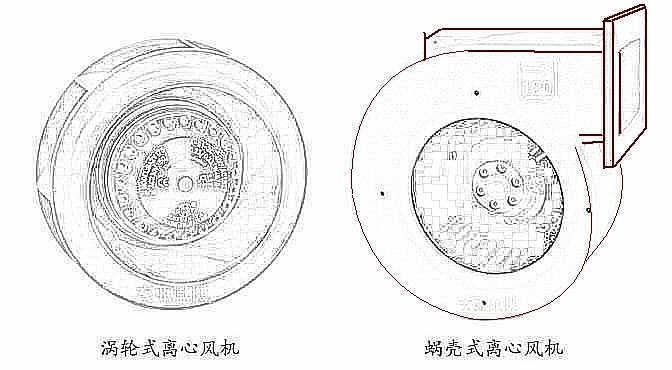
Turbine Centrifugal Fan
Features: Turbine centrifugal fan impeller adopts the international standard backward design, the perfect streamline structure, large openings into the center of the impeller inlet wind, the wind through the center port into the wind, resulting in a strong centrifugal force, by the backward tilt fan blades thrown off quickly Turbine structure design makes the wind turbine has a strong wind, wind pressure.
Highlights: Turbine centrifugal fan by the overload thermal motor protection of the outer rotor, high efficiency after the circular arc-shaped centrifugal impeller of two parts. All impeller mold production, high precision dynamic balancing machine calibration, with small size, high efficiency, air volume, small vibration, low noise, superior performance, easy installation and commissioning.
Application: Material: Made of PA6 plastic, plastic one molding process. Diameter size 155mm ~ 250mm.
Applications: Air purification equipment, factory equipment (printing equipment, chemical fiber equipment, etc.), medical equipment, fresh food cabinets, refrigeration cabinets, servo motors, inverters, pipe ventilation, dehumidifiers, etc.

Volute centrifugal fan:
Features: Volute centrifugal fan impeller driven by the motor rotation, the impeller blades forcing gas rotation, the gas to work, to increase its energy, the centrifugal force in the gas around the impeller thrown through the scroll casing will speed Can be converted into pressure energy, when the impeller gas is discharged, the impeller pressure is lower than the pressure inside the inlet, the new gas in the pressure difference under the action of inhalation impeller, the gas is continuously exported from the outlet.
Highlights: The fan is designed with a reasonable impeller angle according to the aerodynamics of air flow. Without any mechanical friction during operation, a reasonable blade shape line minimizes the noise. The optimized impeller minimizes the axial force and has an efficient impeller , And the static and dynamic balance correction, the machine running smoothly, without any damping device, the bearing amplitude is relatively small.
Application: Material: Aluminum die-casting frame, wind wheel made of galvanized sheet, surface black electrophoresis, size Diameter: 120mm ~ 160mm
Applications: Sterilizers, heat exchange systems, clean benches, air shower, laboratory equipment, etc.
choose the suitable fan
1, the first parameter to note are: air volume, total pressure, efficiency, sound pressure level, speed and motor power.
2, Centrifugal fan pressure can be divided into three categories: high pressure centrifugal fan P> 3000Pa, medium pressure centrifugal fan 1000≤P≤3000Pa and low pressure centrifugal fan P <1000Pa. Depending on the stupid physicality and chemical properties of the delivered gas and the use, etc., different types of centrifugal fans are selected.
3, taking into account the loss of air leakage pipeline system, calculation error, as well as the actual fan fan, wind pressure negative deviation, centrifugal fan selection, the general use of air flow rate of 1,05 ~ 1,1, wind pressure of 1,10 ~ 1,15 safety factor. In order to prevent long-term fan in low-efficiency operation, it is not appropriate to use excessive safety factor.
4, in order to make the fan stable operation, should make the fan work in the vicinity of its efficiency, the fan operating point is located in the performance curve of the full pressure peak point on the right (ie, gales side, and is generally located at full pressure peak 80%). Fan design efficiency of the selected conditions, not less than 90% of the fan efficiency.
5, the use of variable frequency fan, the total pressure loss should be calculated as the system rated pressure, but the fan motor power should be calculated on the additional 15% to 20%.
Turbo-Blower,Electric Turbo-Blower,Professional Turbo-Blower,Turbo Fan
Shenzhen Fusheng Motor Co.,Ltd , http://www.fushengfan.com